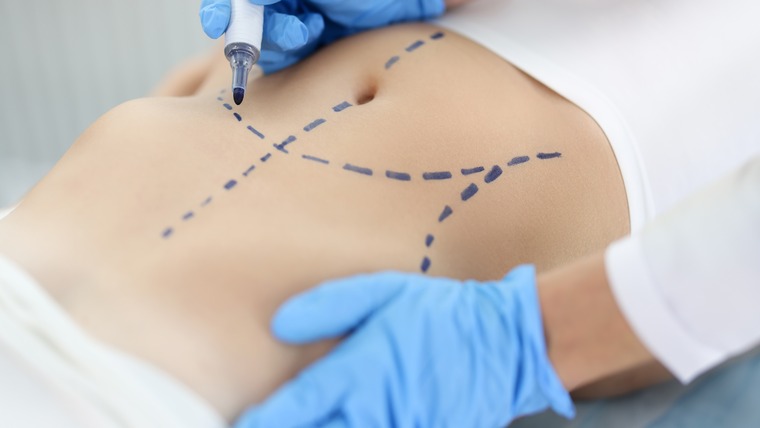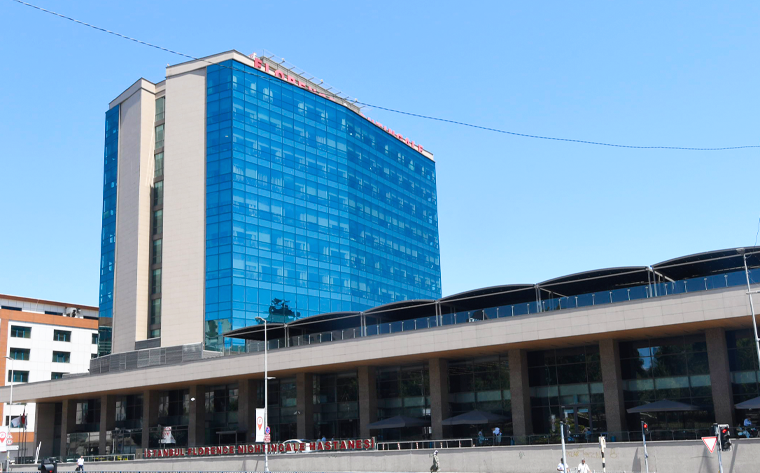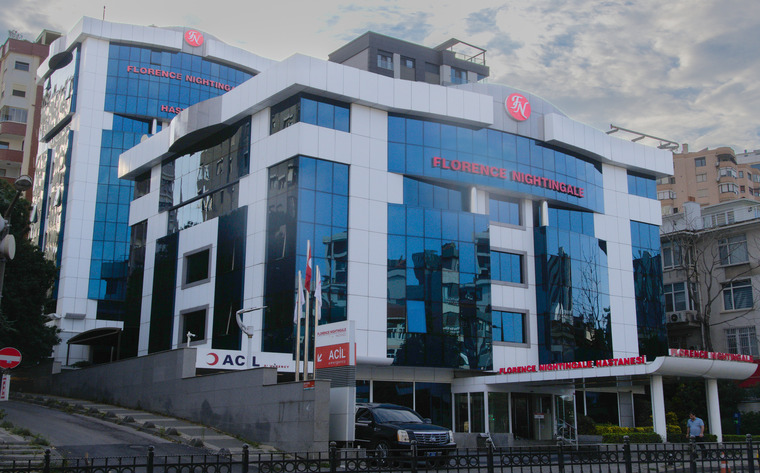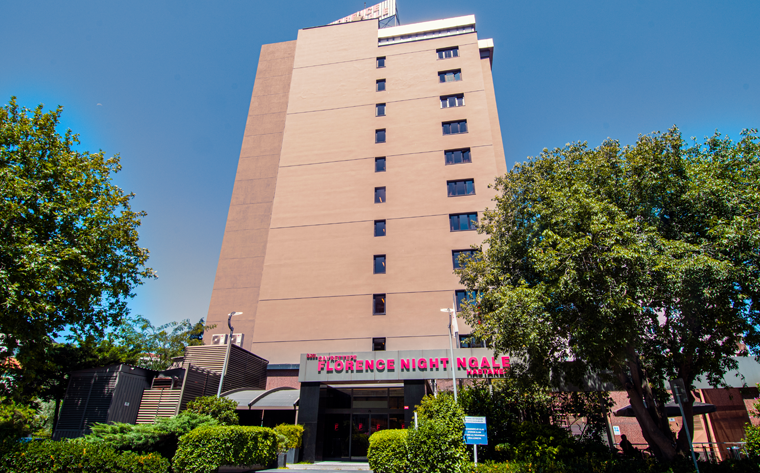
What is the Department of Plastic, Reconstructive and Aesthetic Surgery and What Diseases Does It Cover?
Plastic, reconstructive and aesthetic surgery is a medical field that aims to correct deformities and dysfunctions in the body's tissues and organs. This section covers many different diseases such as congenital deformities, injuries, tumors and aesthetic concerns. While reconstructive surgery focuses on eliminating functional disorders, aesthetic surgery is performed more for the purpose of improving appearance.
About the Department of Plastic, Reconstructive and Aesthetic Surgery
Plastic, reconstructive and aesthetic surgery deals with the correction and improvement of deformities and functional disorders in the human body. Specialists in this department use a variety of surgical and non-surgical methods to improve the physical and psychological well-being of patients. While aesthetic surgery includes surgeries and procedures performed to increase the self-confidence of patients, reconstructive surgery aims to correct functional disorders such as congenital anomalies, post-traumatic deformities and reconstruction after oncological surgery.
Who is a Plastic, Reconstructive and Aesthetic Surgery Specialist and What Are Their Duties?
A plastic, reconstructive and aesthetic surgeon is a doctor who has received specialized training in this field after completing his medical education and is experienced in correcting deformities in the body and improving aesthetic appearance. His duties include evaluating patients, creating an appropriate treatment plan, performing surgical and non-surgical interventions, and providing post-operative care. In addition, understanding the expectations of patients and providing them with the most appropriate solution are also important duties of specialists.
What Diseases Are Covered by Plastic, Reconstructive and Aesthetic Surgery?
Plastic, reconstructive and aesthetic surgery covers a wide range of diseases and conditions. Here are some of the diseases and conditions covered by this field of surgery:
- Congenital Anomalies: Reconstructive surgery is performed to correct congenital anomalies such as cleft lip and palate, and congenital hand and foot deformities.
- Post-Traumatic Deformities: These are surgeries performed to correct deformities resulting from accidents, burns or other traumas. This includes burn scars, skin loss or deformities following fractures.
- Reconstruction After Oncological Surgery: These are procedures performed to correct tissue loss that occurs after cancer surgery. Breast reconstruction after breast cancer is an example of this type of surgery.
- Skin Cancers and Other Skin Lesions: Surgical removal of skin cancers and repair of tissue loss are performed by plastic surgery specialists.
- Scars and Keloids: Cosmetic surgery procedures are used to treat scars that occur after injuries or surgical procedures. This includes correcting keloids and hypertrophic scars.
- Microsurgery: Delicate procedures such as repairing small blood vessels and nerves and reattaching severed limbs are performed using microsurgical techniques.
- Plastic Surgeries: Surgical procedures performed for aesthetic purposes such as rhinoplasty (nose aesthetics), mammoplasty (breast aesthetics), abdominoplasty (tummy tuck), liposuction (fat removal) and face lift are also included in this field.
- Non-Surgical Aesthetic Procedures: Non-surgical methods such as Botox, fillers, chemical peels and laser treatments are also included in the scope of aesthetic surgery.
- Gender Reassignment Surgeries: Gender reassignment surgeries are surgical interventions performed to achieve a body structure compatible with a person's gender identity.
- Leg and Facial Paralysis: In cases of paralysis resulting from nerve damage, surgical procedures performed to correct facial or leg paralysis are included in this scope.
Plastic, reconstructive and aesthetic surgery aims to improve the quality of life of patients in both aesthetic and functional terms. Each patient's condition is evaluated individually and the most appropriate treatment method is determined.
What are Plastic, Reconstructive and Aesthetic Surgery Examinations?
Plastic, reconstructive and aesthetic surgery examinations begin with a detailed assessment of the patient's complaints and expectations. During the examination, the patient's general health status, medical history and suitability for surgery are assessed. The specialist creates a treatment plan that suits the patient's needs and shares this plan with the patient in detail. In addition, it is important to inform the patient about treatment options, possible risks and the recovery process during the examination.
What Methods Are Used in Plastic, Reconstructive and Aesthetic Surgery Treatments?
Many different methods are used in plastic, reconstructive and aesthetic surgery treatments. Surgical methods include tissue expansion, skin grafts, flap surgery, microsurgery and laser surgery. Aesthetic surgery procedures include rhinoplasty (nose aesthetics), mammoplasty (breast aesthetics), abdominoplasty (tummy tuck), liposuction (fat removal) and facelift. Non-surgical methods include botox, fillers, chemical peels and laser treatments.
When Should You Go to the Plastic, Reconstructive and Aesthetic Surgery Department?
It would be appropriate for you to apply to the plastic, reconstructive and aesthetic surgery department if you have congenital or acquired deformities, post-traumatic deformities or aesthetic concerns in your body. You can also apply to this department for the treatment of skin cancer or other skin lesions. For aesthetic surgical interventions, if you are not satisfied with your appearance and this situation negatively affects your daily life, it would be beneficial to consult a specialist.
What is Done During a Plastic, Reconstructive and Aesthetic Surgery Examination?
During a plastic, reconstructive and aesthetic surgery examination, the specialist listens to the patient's complaints and performs a detailed physical examination. The patient's medical history and general health status are evaluated. During the examination, treatment options appropriate to the patient's needs are discussed and information is provided about possible risks. In addition, detailed information is provided about what the patient should pay attention to before and after surgery. At the end of the examination, the patient's treatment plan is determined and an appropriate calendar is created.





